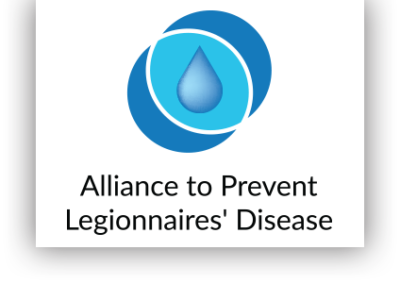Are you aware of what is in your water at home?
Many people may not be aware of this, but little bacteria hiding in your water could contain a deadly condition known as Legionnaires disease. An illness that could affect anyone, but is most prevalent to those with immune deficiencies, are seniors, been a former smoker, or someone who has MS or cancer.
Brad Considine, director of strategic initiatives for the not for profit organization, Alliance to Prevent Legionnaires Disease is here to tell you more about Legionnaires and what exactly it is.
“Legionnaires disease is a form of pneumonia that is brought on by the bacteria legionella and when legionella bacteria enters into lungs, it can form a pneumonia that can result in a very serious illness and it can also be fatal. The good news is we interact with this bacteria fairly commonly and when we are healthy, our bodies seem to fend it off pretty well but when you are immune compromised or have some vulnerabilities, it can be a risky disease.”
Usually, the best way to detect whether or not you have Legionnaires disease is through a urinary antigen and while it can easily be treated with antibiotics, it is no guarantee that it will cure you as around 10% of people that contract it could die with the risk of fatality greater for those with immune compromise.
Luckily for residents of Illinois, the state has passed a set of rules that homeowners must follow if they want to try to prevent contracting Legionnaires disease as Considine describes.
“The content of the legislation addresses the issue on many fronts and it addresses efforts to make sure that we do not have stagnant water which can lead to bacteria development. Make sure that the water is turned over so the age of the water is not an issue that would track better understand upset conditions in the water system like water manned main brigs or construction activities. It also includes a residual disinfected requirement to make sure that the water is disinfected all the way up to the point that it enters into our homes. It is a very comprehensive piece of rule making that the Illinois EPA has showed some great leadership to implement and we are very glad they took this step and support them.”
The rules were recently approved by the Legislative Joint Committee on Administrative Rules after initially being supported by the Pollution Control Board and being proposed by the Illinois Environmental Protection Agency. It was the first time since the 1980s that the state decided to upgrade on its water quality.
Considine also provides people with tips on where the most common places of legionella bacteria are within your house.
“Legionella bacteria can be found in almost any water source and it is very common in our environment. There has been a number of studies that have been done including one by the EPA out of Cincinnati where they sampled faucets or taps and found legionella bacteria in 47% of the taps so it is not terribly unusual. It can be contracted from drinking the water if yo aspirate it, which means going down the wrong pipe, and that can happen and obviously, the dosage would be a lot higher. There is a variety of other ways including taking a shower or having water in the form of misters, any way that water molecules could actually be inhaled into the lungs would be the way that legionella would get into an individual and potentially but not certainly, lead to Legionnaires disease.”
For more information on fighting Legionnaire disease, as well as the Alliance organization itself, go to www.preventlegionnaires.org.




